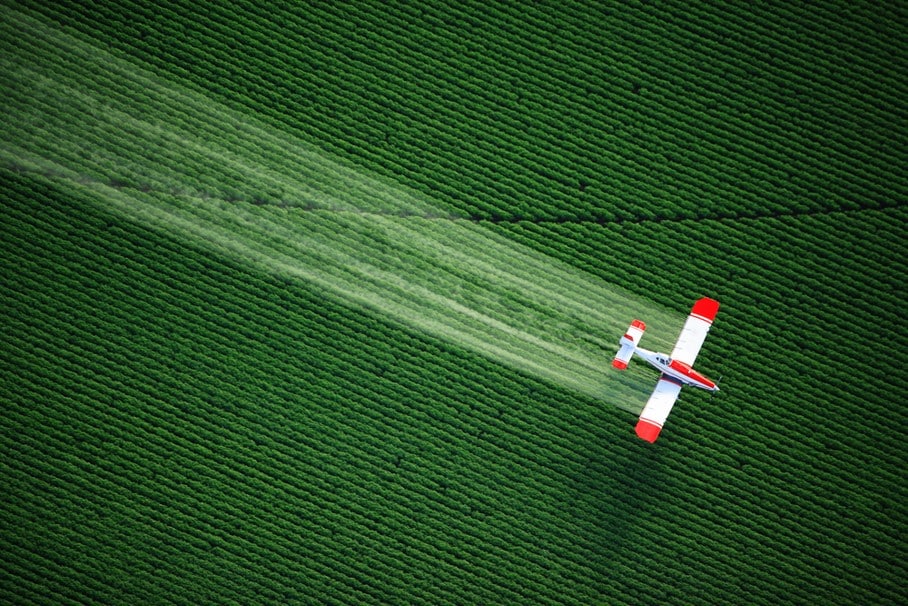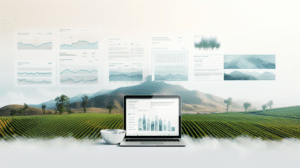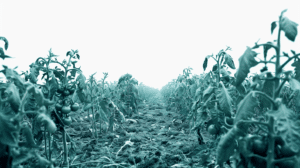According to a report from the UN’s Intergovernmental Panel on Climate Change, food systems accounted for 21 to 37 percent of total anthropogenic greenhouse gas (GHG) emissions between 2007 to 2016. The agriculture industry as a whole needs to take an active role to reduce agriculture carbon emissions through enhancing their potential for carbon sequestration.
Natural Practices to Sequester Carbon
Carbon sequestration refers to the removal of carbon dioxide from the atmosphere. Agriculture is a natural when it comes to this capability: farm soil, orchards, forests, or tree nurseries can easily and directly capture or trap carbon and then transport it underground to be stored there for centuries. According to the International Union for Conservation of Nature (IUCN), soil stores more carbon than all the world’s forests combined. In fact, humus and organic matter, produced by the decay of plant and animal matter, stores an astounding 1,500 billion tons of carbon. That’s three times more carbon than above-ground grasses, trees, and shrubs.
Sustainable and regenerative farming practices can help enhance carbon sequestration in farmlands and reduce overall agriculture carbon emissions. These practices include, among other things:
- Avoiding tampering with the natural soil with tilling so as not to disrupt carbon stores.
- Adopting multi-crop instead of single-crop farming to strengthen roots and improve organic matter stores.
- Reducing soil erosion and runoff by adding ground cover between rows of crops.
- Using permaculture or no-chemical fertilizers like compost to make soil more fertile and healthier naturally and prevent methane emissions.
These transformations, however, can be expensive – often too expensive for smallholder farmers to undertake on their own. One possible solution is leveraging the carbon markets.
Carbon Credits to Drive GHG Reduction
Since it was launched in 1992 as part of The Kyoto Protocol, the carbon credit market has rapidly grown and is expected to surpass $50 billion by 2030.
Carbon credits are the currency of the carbon markets. Each credit corresponds to one megaton or 1,000 kg of carbon dioxide removed from the atmosphere. This tradeable certificate or permit gives the buyer (usually a company) the “right” to emit a specific amount of carbon dioxide or another equivalent greenhouse gas produced by industrial processes, delivery vehicles, or other business operations. Such a permit is possible because the seller (in this case, the farmer) has already removed the equivalent carbon emission amount, achieving a net-zero result.
However, the carbon market has some high entrance barriers, requiring meticulous documentation and auditing to cash in on improved emission-efficiency or sequestration. Technology can assist here, with digitized workflows, cross referencing varied data sources and seamless documentation, yet most smallholder farmers lack the finances to invest in such tools. For Food and beverage companies, investing in technologies that can monitor, support and document sustainable practices for their smallholder suppliers poses an opportunity to both expand their sustainability efforts in a measurable manner and lay the foundation for any future rewards from the carbon markets.








